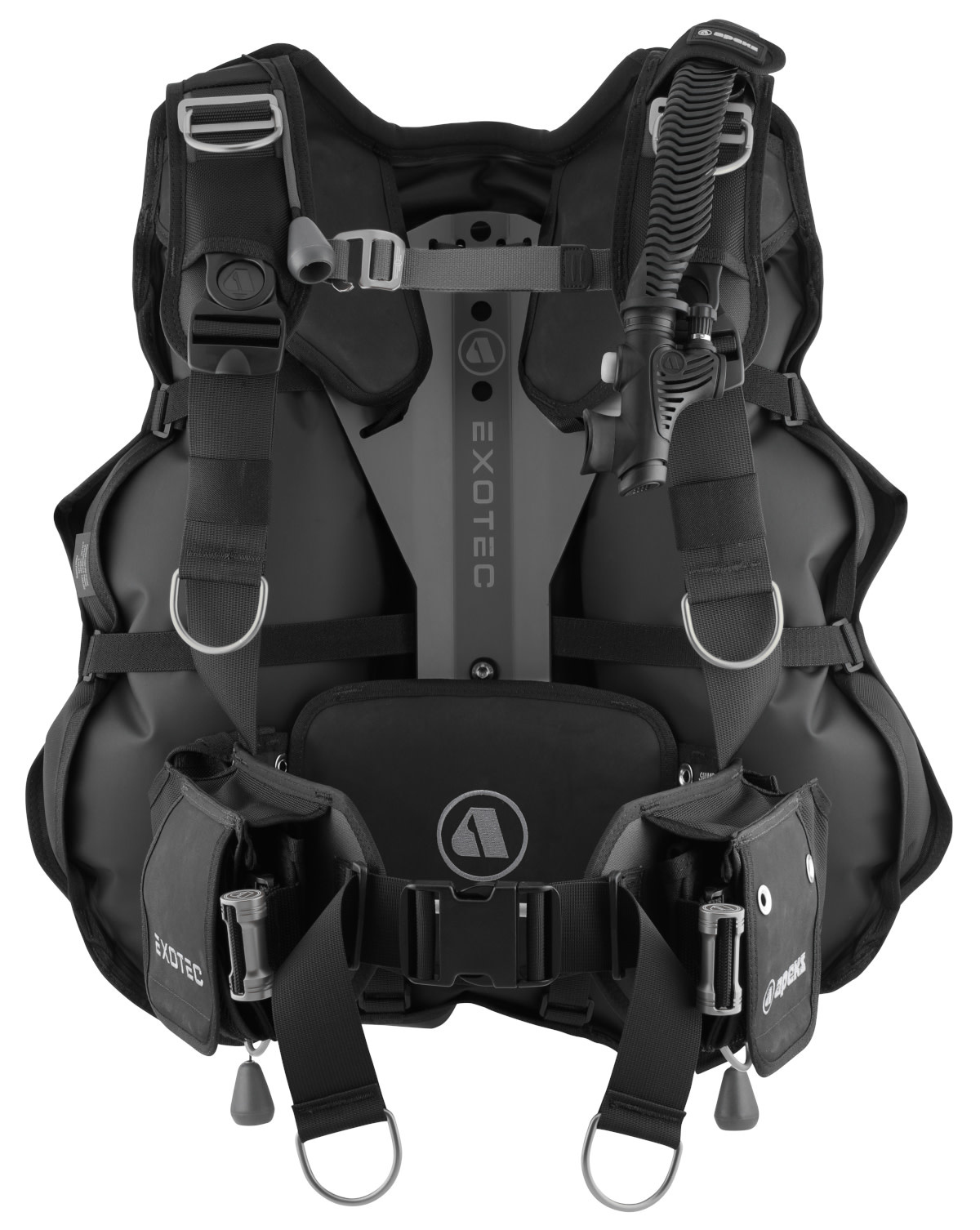
A dive suit is a piece of clothing intended to protect a diver from the underwater environment. The suit may be equipped with a breathing device, but this is typically referred separately. Diverse suits can be made from many materials and styles. Consider these important considerations when shopping for a diving suit. The length is also important.
Wet suits have their disadvantages
You can dive in a wetsuit to protect you from the elements. The downsides of using a wetsuit include the high price. While wetsuits can be costly, you will want one that is compatible with all water activities.
Wetsuits come with zips as one of their main features. Front zips are more popular than those at the back. They also offer more flexibility for the wearer. This allows you to move around while diving more easily. Back zippers have the disadvantage of being easy to lose and flush during diving.
Types of wetsuits
Divers have different protection needs. The two-piece is the most commonly used type of wetsuit. These are made from neoprene material which is flexible and adaptable to a range of temperatures. One type is gas-blown neoprene. This is extremely flexible and includes thousands of nitrogen balloons. Neoprene has a limited life expectancy, but it isn't indestructible.

Semi-dry wetsuits are another option. They are the thickest type. These suits are generally suitable for most diving types and usually come with a hood and seals. The suits are thick enough to allow very little water in.
Material used to make wetsuits
There are many types and styles of dive suits. But neoprene remains the most popular. This type of material is known for its water-repelling properties and insulating properties. Divers had to depend on complex contraptions to stay warm under water before Neoprene was invented. This material was originally used to make scuba gear. Later, it was used to make wet suits for surfers in colder regions. It is now used in nearly all wet suits.
Neoprene, a thin, rubbery substance is used to make a wetsuit. It is useful for cold weather diving, as it keeps the skin warm but doesn't make it wet. Its thickness can vary from 0.5mm to 7mm.
Length and style of a wetsuit
Wetsuits come with a range of lengths and thicknesses. Thicker suits will be more flexible and light, while thicker suits will be heavier and bulkier. The purpose of the wetsuit will determine its thickness. Thicker wetsuits work well in cold water. However, they can make you feel warmer and more restricted.
It is important to find a suit that fits comfortably at the wrists as well as your ankles. This is important as they are the areas where water can seep in. A wetsuit should not have any gaps around the neck. Also, the wetsuit should be comfortable, allowing you to move your arms and legs comfortably.

Design of a Wetsuit
Designing a diving suit can make all of the difference when you're in water. The main purpose of a wetsuit is to protect the wearer from cold water. The material used to make them has been around for decades. In the 1930s, DuPont developed neoprene. The design of wetsuits has improved and changed since then. Modern wetsuits must have the following features: a good panel layout, the right size panels, and a style that is easy to wear. Wetsuits also have to have the right neoprene thickness, softness, and seam construction. The cost of a final wetsuit depends also on how the zip is constructed.
You can make a diving suit from many materials including nylon, nylon and neoprene. An early version of wetsuits was made with a thin layer neoprene sandwiched between layers nylon or spandex. These suits were not as easy to put together and were more likely to tear because they didn't have a zipper. Later, polyester was made available and waterproof technology was developed.